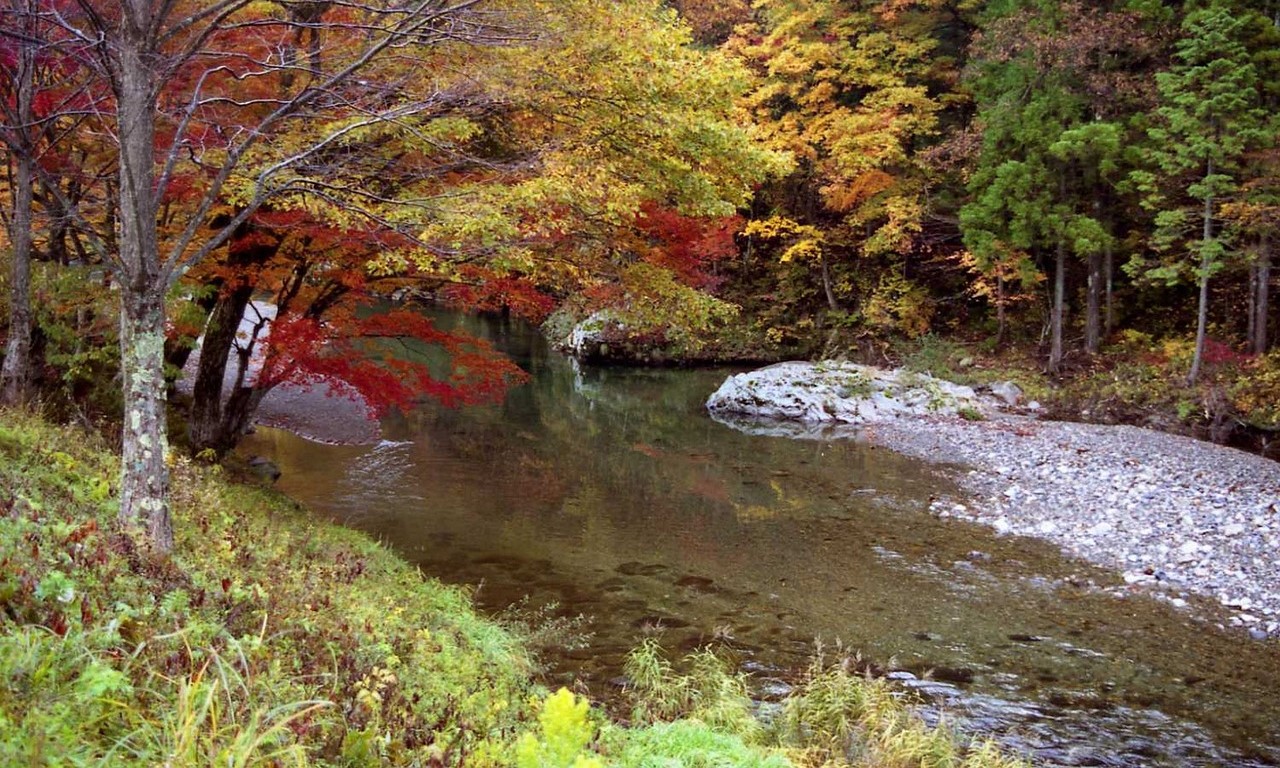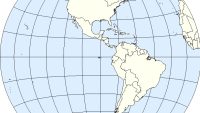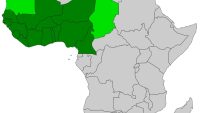A watershed, also known as a drainage basin or catchment area, is a geographic area defined by the natural boundaries of surrounding land that collects and channels precipitation and surface water into a central outlet, such as a river, lake, or ocean. Watersheds play a crucial role in the hydrological cycle, serving as the primary unit for managing water resources and ecosystems. They encompass a network of streams, rivers, lakes, wetlands, and groundwater systems that interact and exchange water within the landscape.
The boundaries of a watershed are typically defined by ridgelines or topographic features that determine the direction in which water flows. When precipitation falls within a watershed, it either infiltrates into the soil, evaporates into the atmosphere, or runs off the surface into nearby water bodies. This movement of water shapes the landscape, carving valleys, eroding soil, and shaping ecosystems over time. Watersheds vary in size, ranging from small, localized basins to expansive river systems that span multiple states or countries.
Watersheds provide a range of ecological, economic, and social benefits, supporting biodiversity, providing habitat for wildlife, and sustaining ecosystems. They also supply water for drinking, irrigation, industrial processes, and recreation, serving as vital resources for human communities. However, watersheds face various threats, including pollution, habitat loss, urbanization, and climate change, which can degrade water quality, alter hydrological patterns, and disrupt ecosystem functions. Protecting and managing watersheds is essential for maintaining water security, preserving natural habitats, and ensuring the health and resilience of ecosystems and communities reliant on freshwater resources.

Here are 10 interesting facts about watersheds to know more about them.
- Varied Sizes : Watersheds come in a wide range of sizes, from small local basins that cover just a few square kilometers to large river systems that span multiple states or even countries.
- Interconnectedness : Watersheds are interconnected systems, with smaller tributaries feeding into larger rivers, which eventually flow into oceans or seas. This interconnectedness means that activities and changes in one part of a watershed can have effects downstream.
- Source of Drinking Water : Many watersheds serve as the primary source of drinking water for communities around the world. Protecting these watersheds is essential for ensuring clean and reliable water supplies for human consumption.
- Habitat Diversity : Watersheds support a diverse range of habitats, including forests, wetlands, grasslands, and aquatic ecosystems. These habitats provide critical habitat for a variety of plant and animal species.
- Biodiversity Hotspots : Due to their diverse range of habitats, watersheds are often biodiversity hotspots, supporting high levels of species richness and endemism. Protecting these areas helps conserve global biodiversity.
- Flood Control : Healthy watersheds play a crucial role in regulating the flow of water, helping to reduce the risk of flooding during heavy rain events by absorbing and storing excess water.
- Erosion Control : Vegetation within watersheds helps stabilize soil and prevent erosion by holding sediment in place with their roots. This helps maintain soil fertility and prevents sedimentation in waterways.
- Carbon Storage : Forested watersheds are important carbon sinks, sequestering carbon dioxide from the atmosphere through photosynthesis and storing it in trees, soil, and vegetation.
- Recreation Opportunities : Watersheds provide numerous opportunities for outdoor recreation, including hiking, fishing, boating, birdwatching, and wildlife viewing. Many people enjoy spending time in natural areas within watersheds for relaxation and enjoyment.
- Cultural Significance : Watersheds hold cultural significance for many indigenous peoples and local communities around the world. They often have spiritual, ceremonial, and historical importance, shaping cultural identities and traditional practices.
Watersheds are the lifeblood of our planet, serving as vital ecosystems that sustain life and support diverse communities. From their varied landscapes and interconnected networks to their role in providing clean water, regulating floods, and supporting biodiversity, watersheds are essential for the health and well-being of both humans and the environment. As we navigate the complex challenges of climate change, habitat loss, and pollution, safeguarding and managing watersheds becomes increasingly critical.
By recognizing the interconnectedness of all parts of a watershed and implementing sustainable management practices, we can ensure the resilience and longevity of these precious natural resources for future generations to come. Protecting watersheds is not just about preserving ecosystems; it’s about safeguarding the very foundation of life on Earth.



